
Contents










Spotlight · Written by Lee Soyeon
Enduring Exhibition
Seoul Garden Show 2019
Forget about exhibitions that pop up with tents, only to disappear soon afterwards. The Seoul Garden Show, showcasing
colorful garden designs that remain intact after the event ends, is held every autumn to rejuvenate time-worn
parks and cities. Through new and innovative ideas, the event helps beautify the megacity of Seoul.
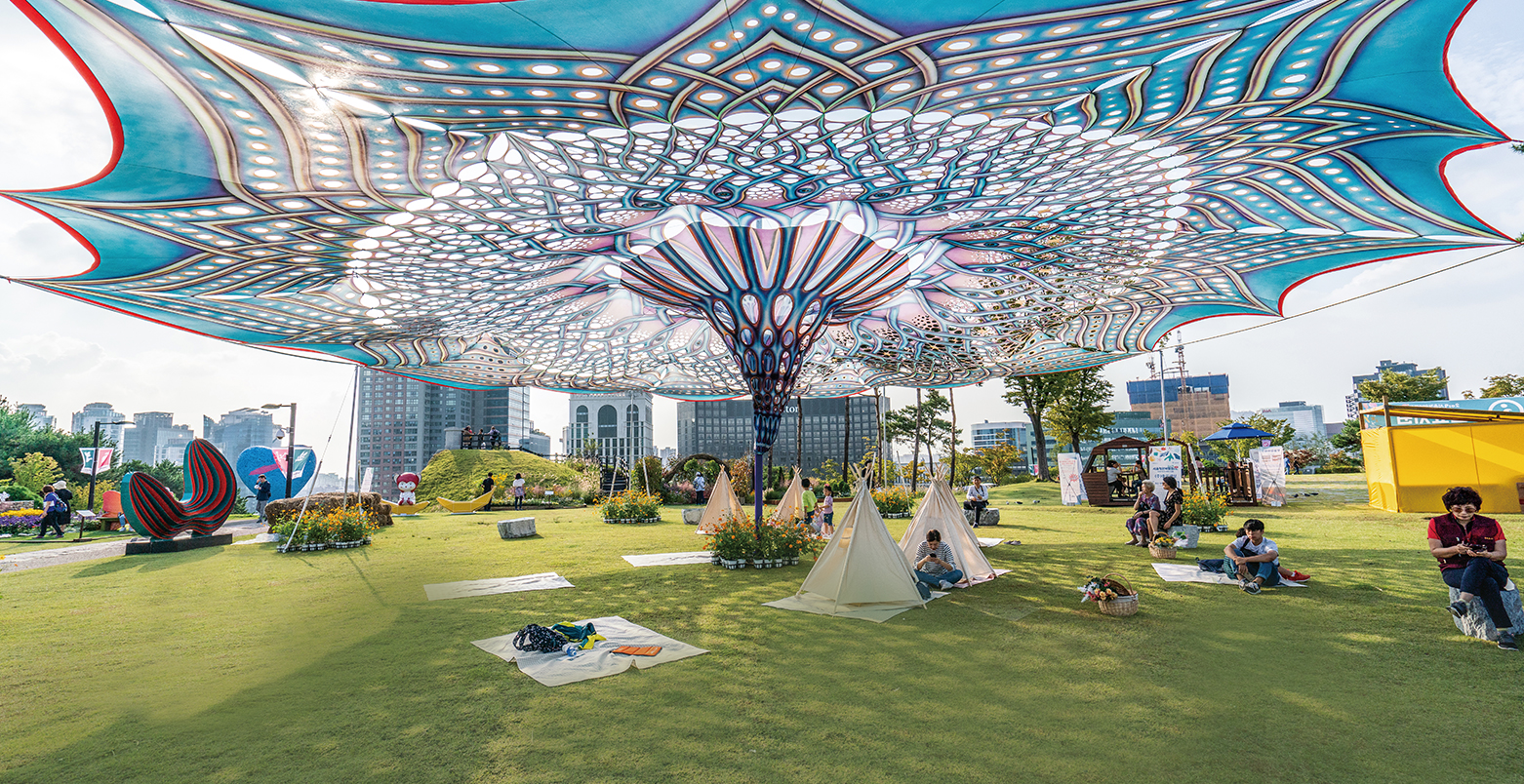
© Seoul Garden Show 2019
Paradigm Shift
The 2019 Seoul Garden Show from Oct. 3-9 created “neighborhood gardens” in the vicinity of the city’s Haebangchon area under the theme “Gardens: Seeds of Urban Restoration” and the slogan “Neighborhood Gardens Everywhere.” The intent was to implement a paradigm shift toward urban regeneration in a break from conventional events held at Olympic Park or World Cup Park. The show is taking the lead in spreading garden culture by creating small yet familiar gardens in areas with no greenery. Launched in 2015, this event will be upgraded to the Seoul International Garden Fair next year, heralding a new model of gardens and related culture.
Regenerating City
Parts of the Seoul metropolis from Mallidong Square and Baekbeom Square to Haebangchon are getting greener. Instead of a glamorous garden inside the greenhouse of the event venue, analogue sentiment nestled on backstreets or neighborhood markets, bus stops, villa gardens and empty lots for wastepaper were revived. Along Garden Road that extends from Haebangchon to Mallidong Square was a line of 70 gardens trimmed by 500 people such as professional landscapers, collegians majoring in gardening, merchants, residents and employees of landscaping companies. Thirty neighborhood gardens in the vicinity of Haebangchon remained intact even after the fair ended, breathing new life into the village.
More about Seoul Garden Show ⟶
Seoul:
Diversity of Themes
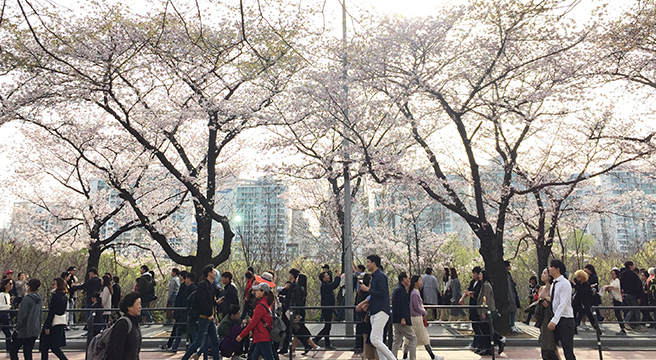
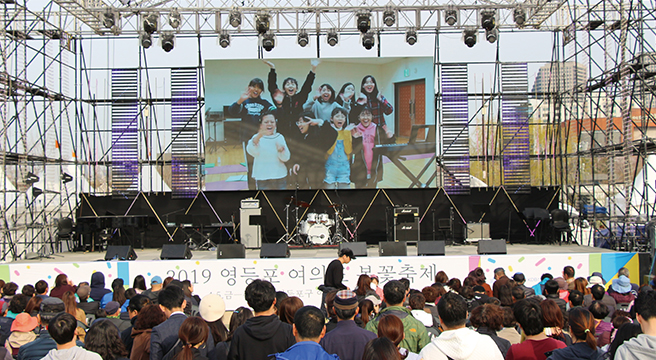
© Yeongdeungpo Yeouido Spring Flower Festival
Yeongdeungpo Yeouido Spring Flower Festival
/ April. 5-11
Every April since 2005, a feast of spring flowers has been seen along the National Assembly Dulle-gil. The festival this year featured 13 types of 87,000 spring flowers, including 1,886 cherry blossom trees with an average age of 60 years, azaleas, forsythias and royal azaleas in full bloom. Landscape lighting in the evening made things visually spectacular at night.
Cultural and art performances were held along the Hangang River, and vocal and dance performances continued until and food trucks recharged the energy of visitors with all sorts of grub. This year’s festival had concurrent events like exhibitions of spring flower photos and paintings and the National Assembly PR Hall.
More about Yeongdeungpo Yeouido Spring Flower Festival ⟶
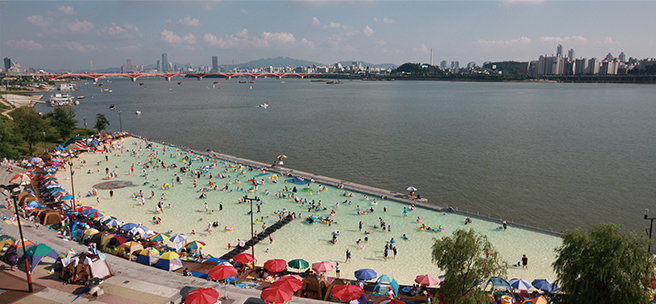
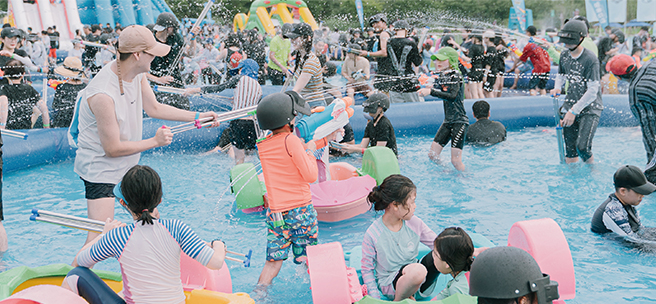
© Hangang Summer Festival
Hangang Summer Festival
/ July. 19-Aug. 18
The Hangang Summer Festival, which debuted in 2013 to rave reviews, is considered the premier summer event in Seoul. Created by city residents, artists, private companies and municipal bodies, the event offers a wide range of experiential activities along the Hangang River, including playing in the water, movies, a circus, an ecological experience, yachting, cycling and food.
This year’s event had 77 programs classified into three themes. The first theme, “Cool at Hangang,” featured water leisure sports and contests; the second, “Touched at Hangang,” had a variety of performing arts and movie screenings. And the third, “Together at Hangang,” highlighted camping, walking at night and river tours.
More about Hangang Summer Festival ⟶
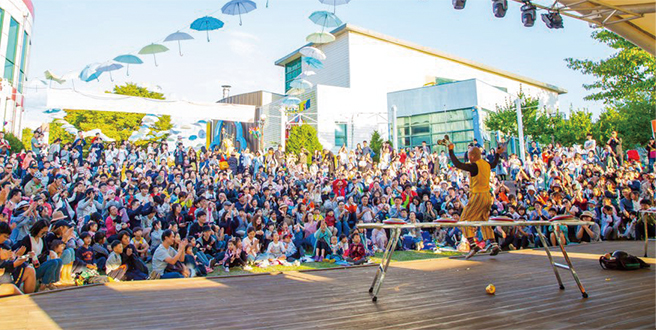
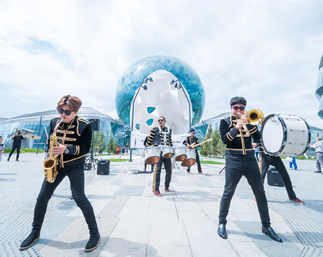
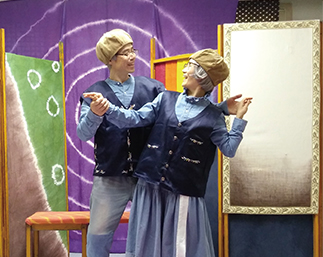
© Seoul Street Arts Festival
Seoul Street Arts Festival
/ Oct. 3-6
As the country’s biggest festival of its kind, the Seoul Street Arts Festival is a free event stressing two objectives: artistic value and popularity. Begun in 2003 as the Hi! Seoul Festival and focusing on street arts from 2013, the event got its present moniker in 2016.
Unlike other domestic festivals featuring street art, this one displayed a variety of pieces including those made through international exchanges and creative works by domestic street art troupes. Featured in downtown Seoul and going from Seoul Square, Cheonggye Square, Sejongdae-ro, Mugyo-ro, Deoksugung Stone Wall Path, Seoul Museum of Art and Citizens Hall, this event always leaves an indelible impression in visitors.
More about Seoul Street Arts Festival ⟶
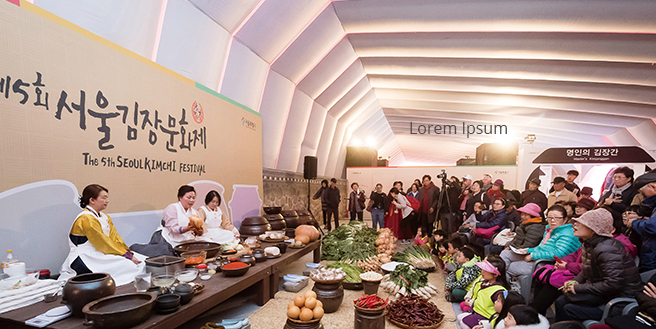
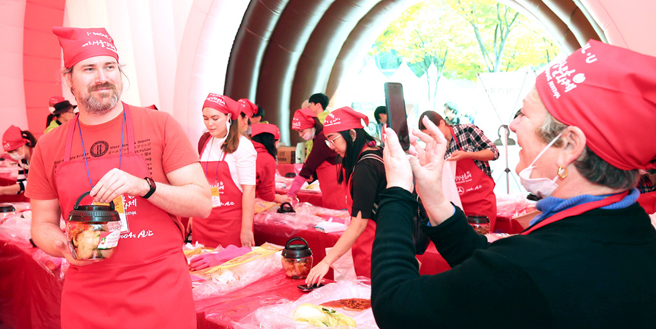
© Seoul Kimchi Festival
Seoul Kimchi Festival
/ Nov. 1-3
Since ancient times, gimjang (the making and storing of kimchi for winter) has served as an occasion for a village to encourage resident cooperation and interaction and concurrently hold a feast. Gimjang is now listed as a UNESCO Intangible Cultural Heritage.
Seoul Metropolitan City launched this festival in 2014 to promote and preserve the traditional spirit of helping others and encouraging cooperation. This year, the event saw city residents, entrepreneurs and foreign nationals get together to make kimchi for the needy. Other programs included a kimchi industrial pavilion for leading companies in the kimchi industry, kimchi markets, an imaginary kimchi playground and a kimchi museum.
More about Seoul Kimchi Festival ⟶
Other Articles















